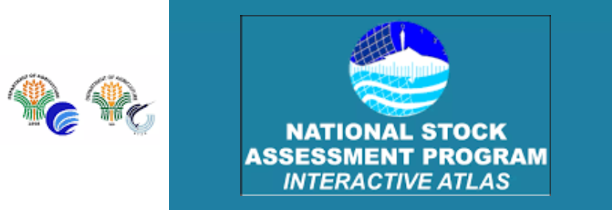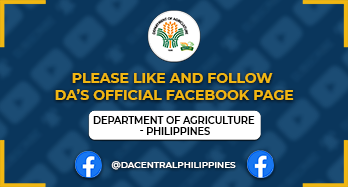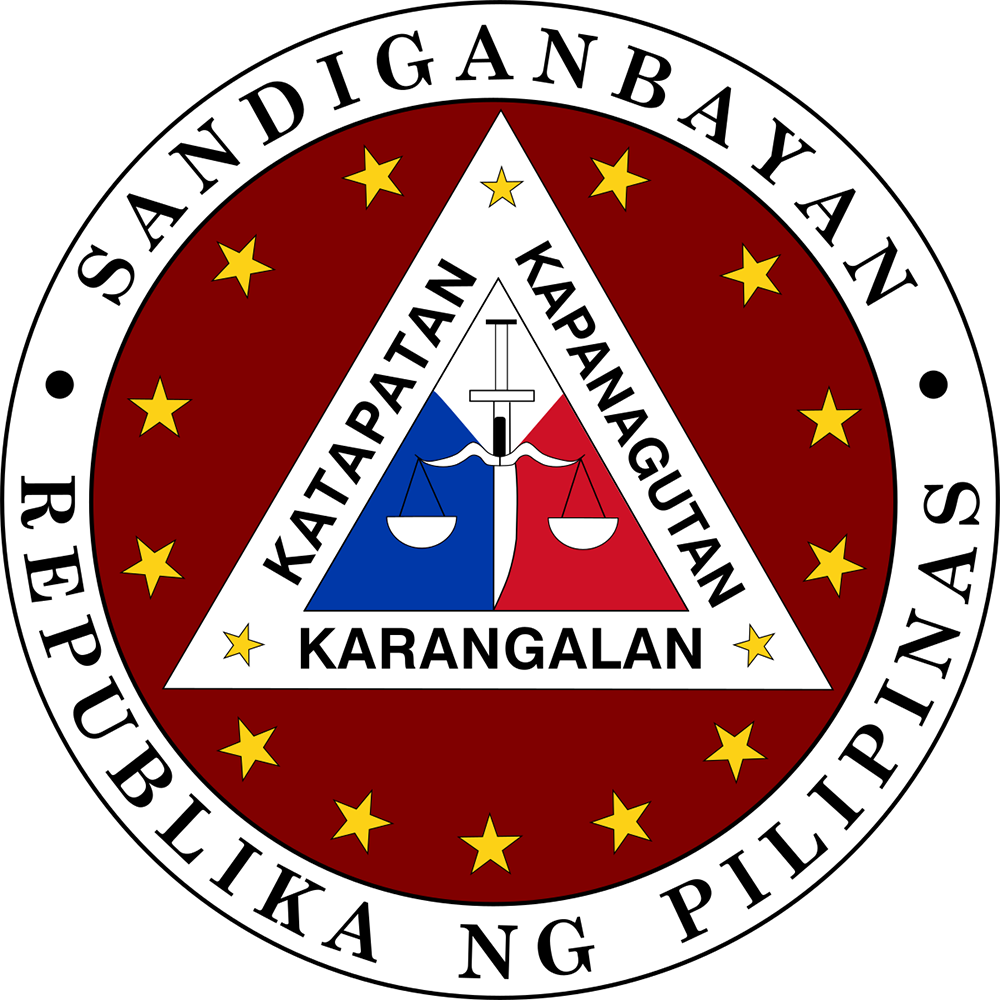COVID-19 FOOD RESILIENCY TASK FORCE
Frequently Asked Questions
GET THE FOLLOWING INFORMATION FIRST:
Name:
Location:
Concern:
Plate number:
Drop-off point:
Q1. “Sino po ang dapat tanungin kung ganito ang aking commodity?”
A1. BPI – vegetables and rootcrops
BAI – live animals
NMIS – meat products (local and imported)
BFAR – fish and other aquaculture products
____ – Agricultural inputs
____________________________________________________________________________
Q2. “Ano pong requirements sa Foodlane accreditation?”
A2. Checklist of Requirements:
- Business permit (Scanned copy)
- Official Receipt of Registration (Scanned copy)
- Certificate of Registration (Scanned copy)
- Duly accomplished Foodlane Accreditation Application Form*
- Duly accomplished Foodlane Reference Form*
- Duly Accomplished Statement of Commitment*
- Handler’s License and Accreditation of Transport Carrier issued by BAI / accreditation of meat transport vehicle issued by NMIS (for livestock, poultry, and by-products, scanned copy)
*Makaka-access po kayo ng forms sa website ng www.agribusiness.da.gov.ph
You may refer to Memorandum Circular No. 06, Series of 2020
____________________________________________________________________________
Q3: “Paano po kapag hindi pa ako accredited?”
A3: “Amin pong inirerekomenda na magpa-accredit muna bago bumiyahe. Ito po ay istriktong iniimplementa upang mamonitor ang daloy ng mga pagkain at produktong pang-agrikultura. Kapag hindi accredited, ikaw ay pipila sa commuter’s lane.”
____________________________________________________________________________
Q4. “Ano po ang kailangan ipakita kapag nasa checkpoint na?”
A4. “Ipakita lamang po ang mga sumusunod”
- Foodlane Accreditation
- General Requirement during their normal delivery
- Local Shipping Permit (LSP) for Live Animals, Animal Products, and Animal By-Products
- Supporting documents required
- Live poultry and livestock – Veterinary Health Certificate issued by a licensed veterinarian with occurrence of the government veterinarian valid for 3 days from the date of issuance
- Fresh/frozen meat
- Imported meat – NMIS Certification of Meat Inspection (COMI)
- Locally sourced meat – Meat Inspection Certificate (MIC)
- Uncooked processed meat products – FDA License to Operate (LTO) and Certificate of Product Registration (CPR)
____________________________________________________________________________
Q5. “Ano -anong items po ang pwedeng makapasok through cargo lane?
A5. List of Food Commodities
- Rice
- Brown sugar and refined sugar
- All fruits including coconut
- All vegetables and spices
- Fish and all aquatic produce (fresh, frozen, chilled, and dried)
- Live hogs and poultry
- All live carabao, cattle, goat, and sheep
- All eggs (fresh, salted, and balut)
- Milk and all dairy products
- All meat (fresh, frozen, chilled)
- All meat products (semi-processed like tocina, longanisa, tapa, etc. and fully processed like hotdog, and ham)
- All canned food products
- Cooking oil (all forms such as vegetable and coconut oil)
List of Farm Inputs
- Livestock and POultry
- Production
- Day-old chicks (DOC)
- Breeder pigs (boars and replacement gilts)
- Semen and Semen straw
- Feed and feed ingredients
- Corn
- Flour
- Rice bran
- Wheat
- Copra meal
- All pre-mixes (to include enzymes, probiotics)
- Cooking oil (including used cooking oils)
- Veterinary medicines and biologics
- Vaccines for poultry and all livestock
- Vitamins and mineral supplements
- Test kits and reagents for animals and poultry diseases
- Operations of Farm and Meat ProcessingPlants to ensure hygiene and food safety
- Disinfectants
- Chlorines
- Farm machineries
- Machineries for cold storages and meat processing plants
- Production
- Fishery and aquatic production
- Fry or fingerlings
- Feeds
- fertilizers
- Rice, crops, and vegetable production
- Seedlings
- Fertilizers
- Pesticides
- Herbicides
- Irrigation equipment
- Farm machineries
- Mill supplies and machineries
You may refer to Memorandum Circular No. 07
____________________________________________________________________________










